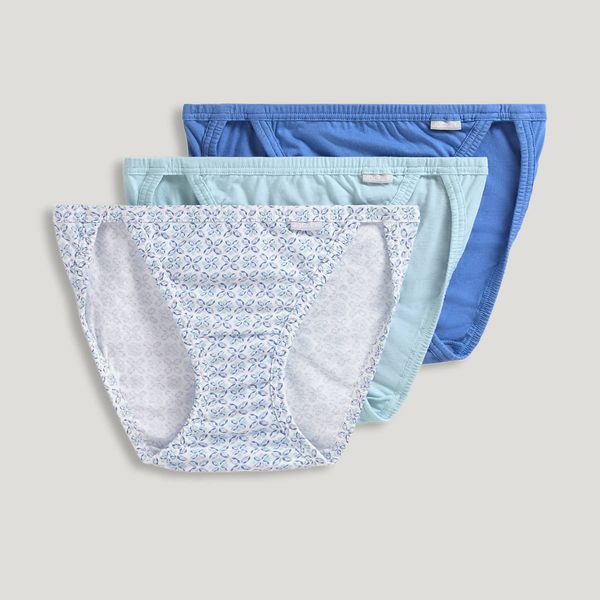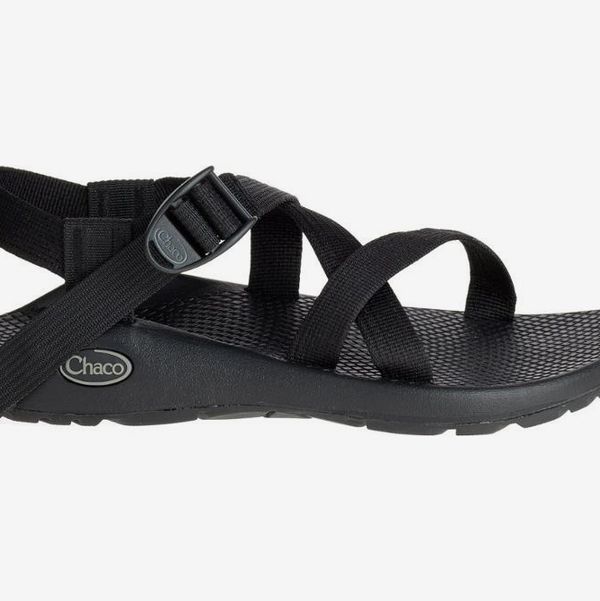
If you’ve ever shopped for a puffy jacket or sleeping bag, you may have seen the phrase “down fill power” in the product description. It’s a number, usually between 500 and 900, and it is a general measure of how warm a down-filled item is. More precisely, fill power tells you how much volume a 30-gram, or one-ounce, sample of down will take up. In general, the higher the fill power, the warmer it will be, because that one ounce of down has larger down clusters that provide more loft and have the ability to trap more heat.
These items with higher down-fill power are meant to be both super-lightweight and super-warm, and are usually used in ultralight backpacking and mountaineering gear. But the lower density also frequently means a higher price tag. (It makes sense, because higher-quality feathers have been carefully selected to fill each cubic inch.) Puffer jackets made by brands like Arc’teryx, Patagonia, and The North Face usually land in the higher end of the range — between 700 and 800 — and 550 to 700 is what you can expect to see in less-expensive jackets from, for example, Columbia and REI.
It’s important to note that fill power is not a definitive measure of warmth. Just because a jacket’s insulation has 800 fill power doesn’t necessarily make it warmer than a jacket with 750 fill power. The maker of a 750-fill-power jacket could simply cram more down into its baffles — the sewn sections of the garment or sleeping bag that separate the insulation — thus making it warmer than the 800-fill-power jacket with smaller baffles. A higher fill power simply means the down is warmer for its weight than a lesser fill power. So if these two jackets were of equal size and weight and construction, the 800-fill-power jacket would be marginally warmer.
The reality, though, is that fill power is better used as a general rule of thumb to gauge warmth. Warmth is largely relative. In my experience, I’ve found it hard to tell the difference in warmth between 750-fill-power jackets and 800-fill models. So for most of us, going by fill power may be less helpful than trying the jacket on and seeing how it feels, however. For sleeping bags, some gear companies will list temperature ratings on their bags that I’ve found to be accurate — so while fill power is good to keep in mind, those listed temperature ratings will be an easier and more reliable metric to follow.
At the end of the day, down-insulated products are excellent at keeping you toasty. But for most of us, fill-power counts won’t make a discernible difference in our commutes or for walking the dog. If you’re looking for a warm winter coat, consider a long parka that goes down past your waist, plus look for a durable, water-resistant outer fabric that can help shed drizzles and snow, take the bite out of wintry gusts, and help further insulate the heat inside your jacket. Look out for other features that can boost warmth, regardless of the jacket’s listed fill power, such as storm flaps to help cover your neck and mouth, cinched cuffs, and thumb loops that can extend the heat of your jacket into your gloves.
The Strategist is designed to surface the most useful, expert recommendations for things to buy across the vast e-commerce landscape. Some of our latest conquests include the best acne treatments, rolling luggage, pillows for side sleepers, natural anxiety remedies, and bath towels. We update links when possible, but note that deals can expire and all prices are subject to change.





